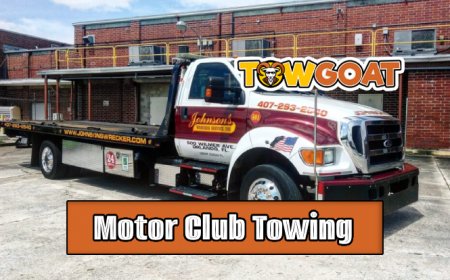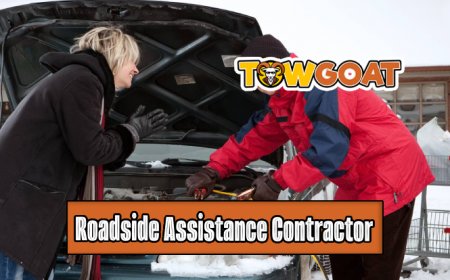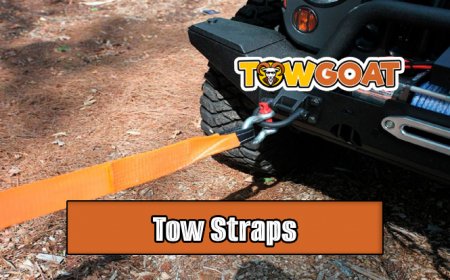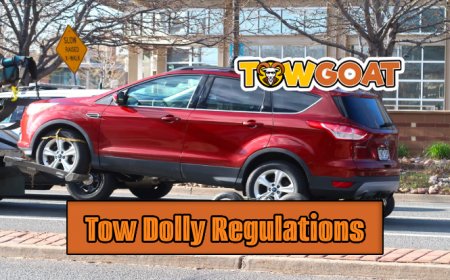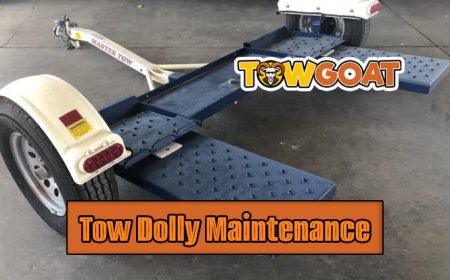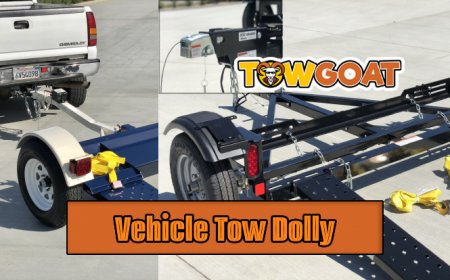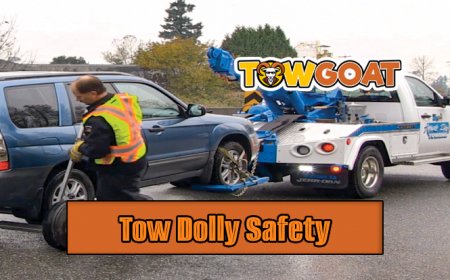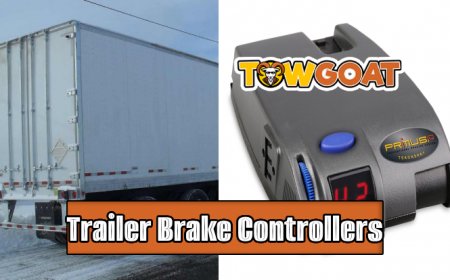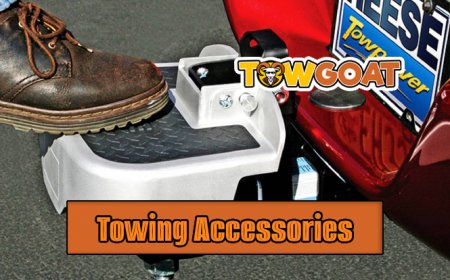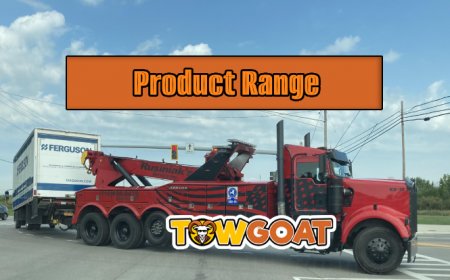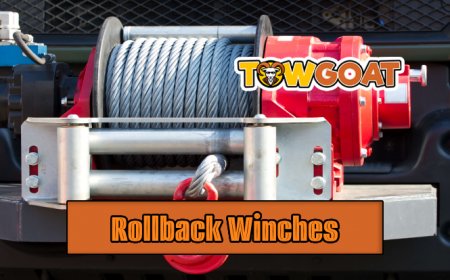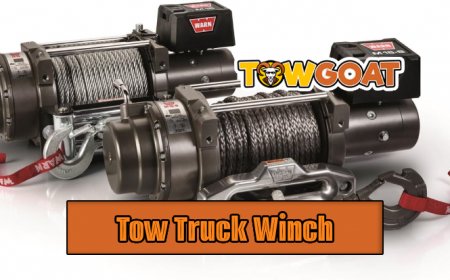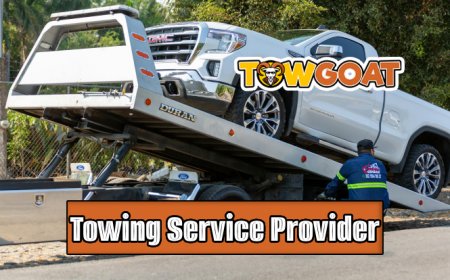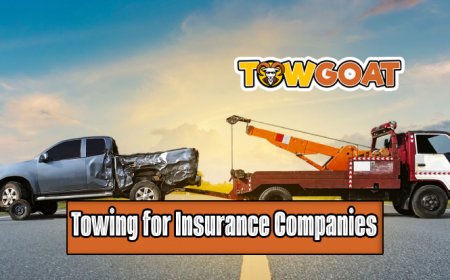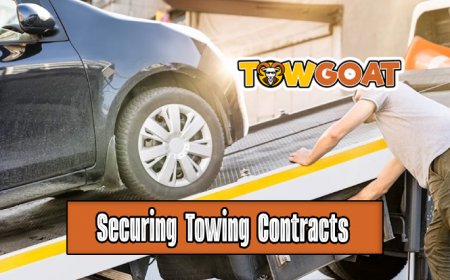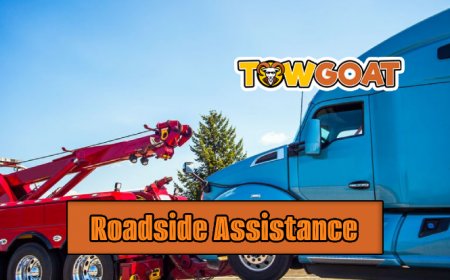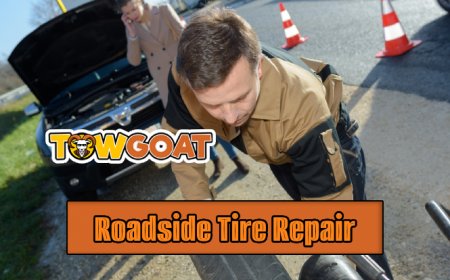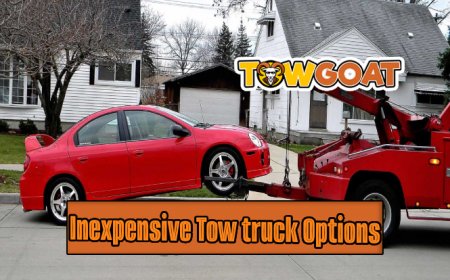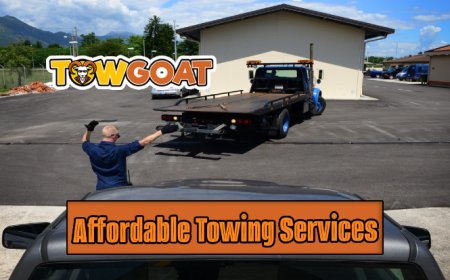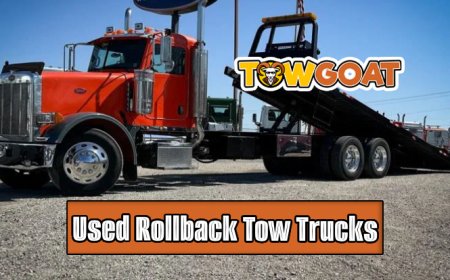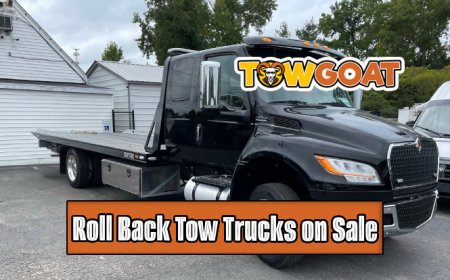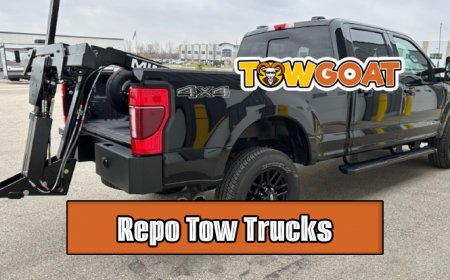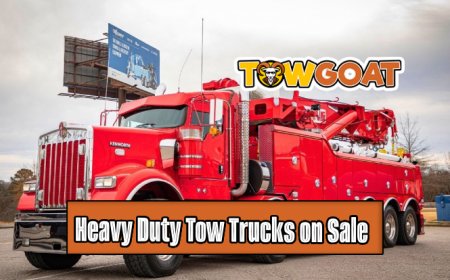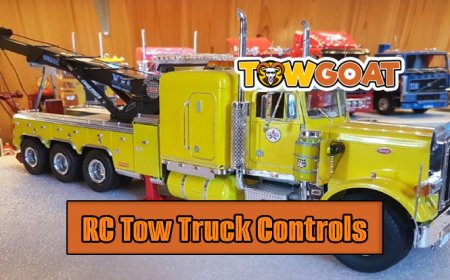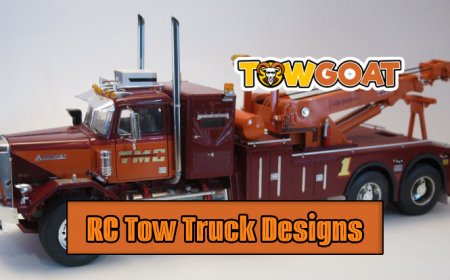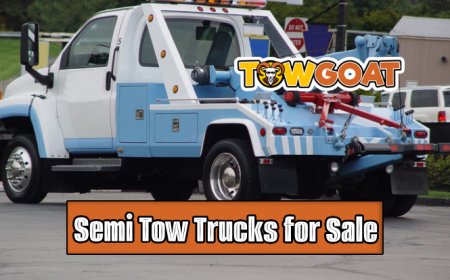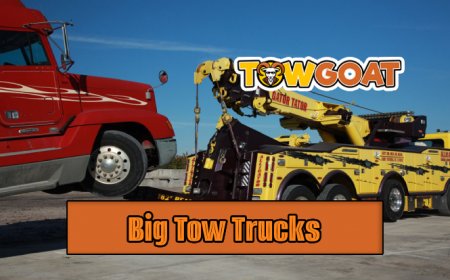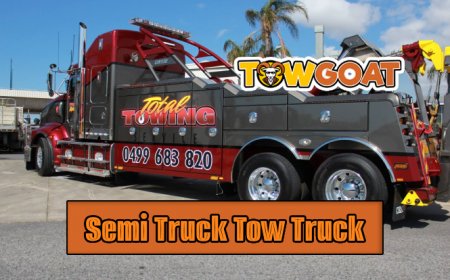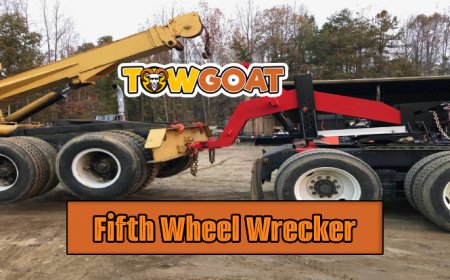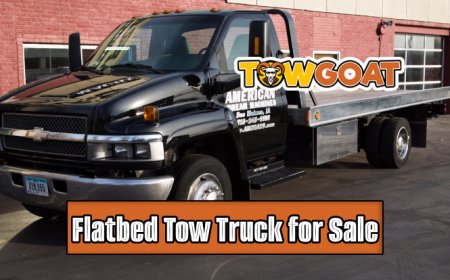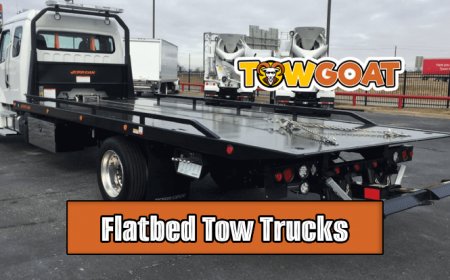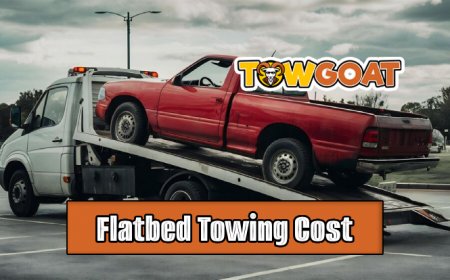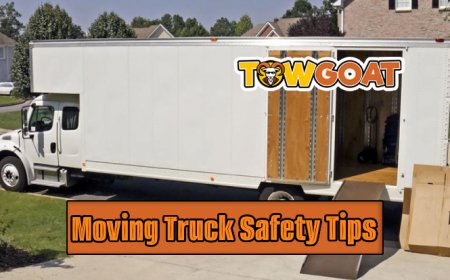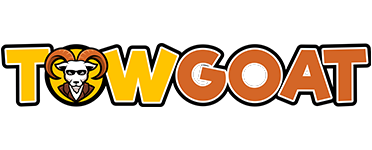Mastering Tow Dolly Usage and Safety
Learn essential tow dolly practices for secure vehicle towing. Ensure a safe journey with our comprehensive guide.
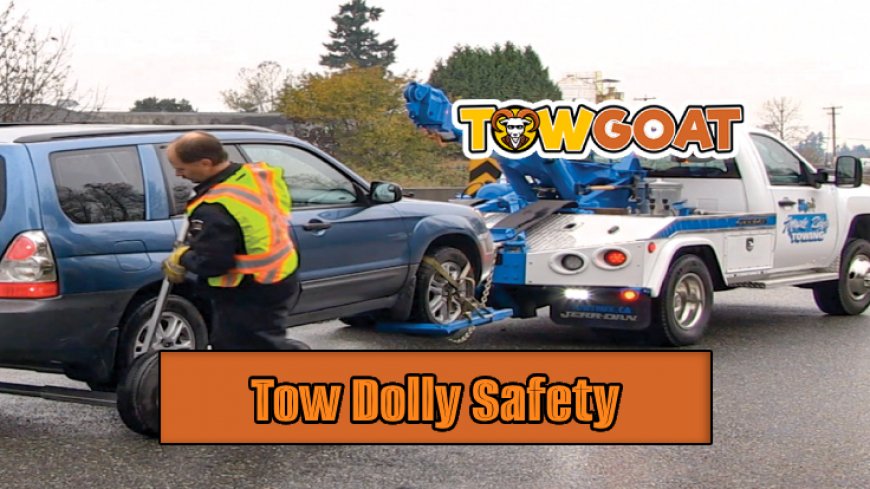
Harnessing the true power of a tow dolly starts with understanding Tow Dolly Safety. This comprehensive guide is designed to provide essential knowledge to anyone wishing to master the use of a tow dolly and heighten their towing safety protocols. We delve into everything from general usage insights to innovative strategies for safe and efficient towing.
Why Tow Dolly Safety Matters
In the world of towing, skimping on safety can lead to catastrophic results. This is why mastering tow dolly safety forms the basis of responsible towing experiences.
Table of Contents
- Basics of Tow Dolly Usage
- Choosing Your Tow Dolly
- Preparation Before Towing
- Operating a Tow Dolly Safely
- Regular Inspection and Maintenance
- Troubleshooting Common Tow Dolly Issues
- Proactive Tow Dolly Safety Tips
Basics of Tow Dolly Usage

Understanding the fundamentals of Tow Dolly Safety commences with grasping the basic functionalities of a tow dolly. A tow dolly is a two-wheeled device that transports your vehicle by rolling on its own wheels while the rear wheels are off the ground. The term "dolly" denotes its function - it carries the weight of the front of your vehicle like a moving dolly.
Fun Fact: Tow dollies were typically used by professional towing services, but have become more commonly used by individual drivers needing to tow their vehicle.
Advantages of Tow Dolly Usage
- Flexibility: Tow dollies are adaptable and can accommodate various vehicle sizes.
- Weight Reduction: By carrying the front of your vehicle, tow dollies reduce significant weight from your towing vehicle.
- Convenience: They are easy to store when not in use due to their compact size.
Choosing Your Tow Dolly
Every towing scenario is unique, making the selection process crucial for Tow Dolly Safety. Several factors come into play when picking a tow dolly, such as vehicle compatibility, affordability, and legislation compliance.
Look for a tow dolly that fits your vehicle. Primarily, measure your vehicle’s width at its widest point to ensure it aligns with the tow dolly’s specifications. It should be robust enough to accommodate your vehicle's weight too. Legal requirements vary significantly based on locality, which is why you must ensure your chosen tow dolly complies with local laws.
Preparation Before Towing
Safety is not an afterthought, but a process that starts well before hitting the road. Rigorous preparation and meticulous checks are paramount for Tow Dolly Safety.
Securing the Vehicle
Before setting off, secure your vehicle on the dolly using straps. Make sure they are tightly fastened and inspect for any signs of wear or tear. According to experts, straps should be replaced every year regardless of appearance, to ensure optimal safety standards.
Here's a quick check-list before towing:
- Ensure lights on the tow dolly are functional.
- Check that the tire pressure on the dolly is optimal. Too low or high can affect your towing efficiency.
- The driving vehicle should be in top condition. Check your brakes, lights, and engine oil.
Operating a Tow Dolly Safely

Once preparation is complete, operating your tow dolly safely becomes the priority. Here, we discuss some key strategies to ensure a safe journey.
Firstly, always observe speed limits. Rushing is a common cause of accidents. Sticking to the speed limit ensures your safety and those of other road users. Moreover, driving at slower speeds gives you more time to react to sudden changes in road conditions or unexpected maneuvers by other drivers.
Another critical best practice is to allow more room for stopping. The additional weight of the towed vehicle means your stopping distance will be longer than usual. Therefore, maintain a safe distance from the vehicle in front of you.
Turning and Maneuvering
Maneuvering a tow dolly, particularly during turns and reverses, can be tricky. When turning, always make wider turns than you usually would. This prevents the tow dolly from hitting the curb. When reversing, remember that your towed vehicle will move oppositely to your towing vehicle. Therefore, proceed slowly and avoid sudden steering movements.
Regular Inspection and Maintenance

Regular inspection and upkeep of your tow dolly are essential to ensure it remains in safe and operable condition. This not only prolongs the lifespan of the equipment but also prevents sudden breakages which can lead to damaging accidents.
Crucial areas to focus on during inspection include:
- Checking for wear and tear: Friction tends to wear out moving parts over time. Regularly inspect the tow dolly for any signs of wear or damage.
- Inspecting tire condition: Ensure the tires are inflated according to the manufacturer's specifications and show no signs of cracking or bulging.
- Verifying the Condition of Lights: The tow dolly's lights should be in perfect working condition to ensure visibility, especially during nighttime towing.
Troubleshooting Common Tow Dolly Issues
Like any equipment, your tow dolly may exhibit common issues over its lifetime. "An ounce of prevention is worth a pound of cure," goes the classic adage. By understanding the common malfunctions and their corresponding solutions, you can keep your tow dolly functioning optimally.
Some common issues include:
- Tire Issues: Over-inflated, under-inflated or worn-out tires can affect the efficient operation of your tow dolly. Regularly inspect and maintain your tow dolly tires.
- Lighting Problems: A blown bulb, loose wiring, or cracked lens can impede visibility. Regular checks can prevent these issues.
- Lashing Straps: Whether due to damage or long-term wear, compromised straps can lead to accidents. Hence, frequent checks and replacements are advisable.
Proactive Tow Dolly Safety Tips
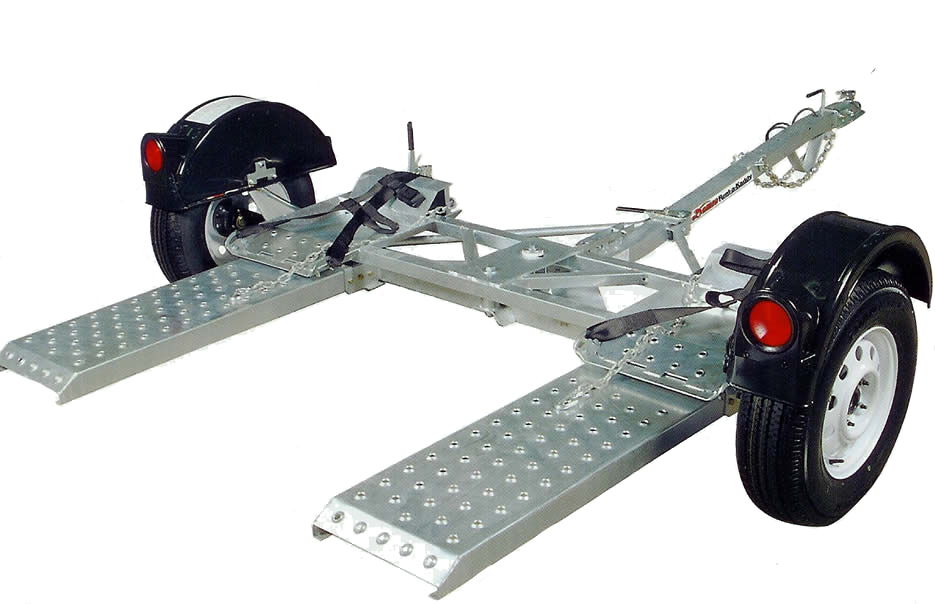
To wrap up, let’s look at some proactive tips that can help you enhance Tow Dolly Safety. These tips can significantly reduce the risk of accidents and breakdowns, promoting seamless hauling experiences.
Safety Tips:
Remember, safety isn't expensive, it's priceless!
1. Load Your Vehicle Correctly: Improperly loaded vehicles can lead to disastrous accidents. Always ensure your vehicle is secure on the tow dolly before hitting the road.
2. Conduct Regular Checks: Regularly inspect your tow dolly before, during and after each journey. This helps to identify any issues that might need addressing.
3. Maintain Your Equipment: Regular maintenance extends the lifespan of your tow dolly and enhances safety. Always follow the manufacturer’s maintenance guide for optimum results.
4. Keep a Safe Speed: Speed limits are not suggestions. Always adhere to speed limits and adjust your speed according to road conditions.
5. Learn and Practice: Don’t rush into the journey. Take time to learn and practice handling your tow dolly safely, before setting off.
Mastering Tow Dolly Safety quintessentially boils down to preparation, diligence, and adaptability. With regular practice and adherence to the guidelines discussed above, you can secure your vehicle, protect your equipment, and guarantee safer hauling experiences.
What's Your Reaction?








